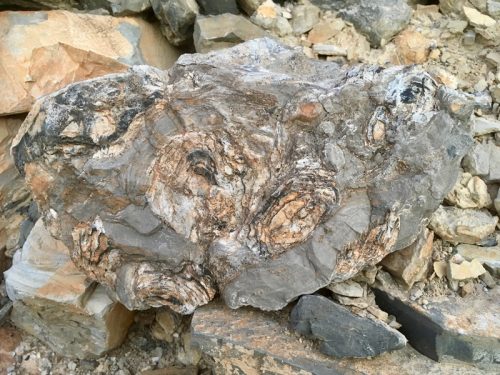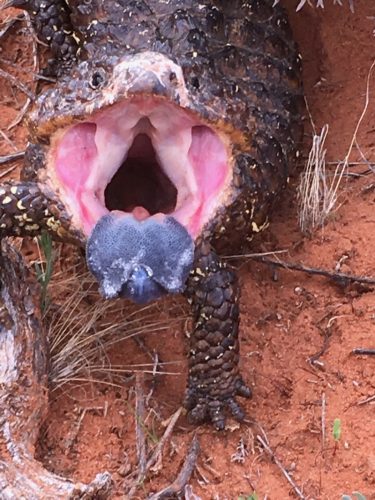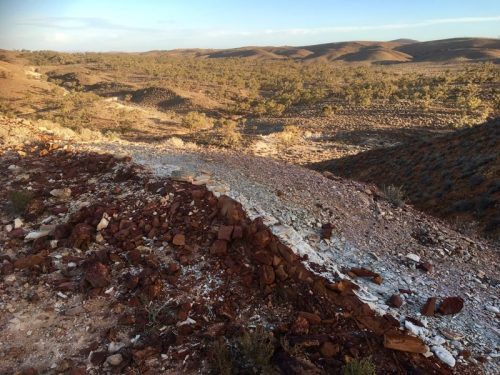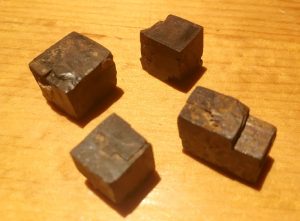
Magnified 20x

Magnified 20x
After many months in the making, the new geological exhibit for the Leigh Creek Library is now on display.

The collection contains 99 rock and mineral specimens, primarily from the Flinders Ranges, Gammon Ranges and Strzelecki Track area, along with a handful of interesting samples from Broken Hill and WA.


A full catalogue of the collection is available for download below. The display can be viewed from 8:30 – 4:30 on weekdays, Friday evenings and Saturday mornings (closed until 1pm on weekdays during school holidays).
Download catalogue: LC.library.geology.catalogue

An old mine exploration site offered an interesting opportunity to walk through the layers of magnesite rich dolomite near Copley.

Between layers of white magnesite, and light and dark dolomites is a gnarly seam of fossilised stromatolites.


Tiliqua Rugosa, the Sleepy Lizard seen around the Flinders Ranges.

Lithic sand collected on a field trip to the hills west of Copley containing a small amount of clear quartz with fragments of assorted parent rocks – claystone, iron oxides, and coloured siltstones and sandstones.


A trip to the hills west of Copley revealed a fascinating array of sedimentary rock formations. Within an approximate 100 metre square area, extensive layering was apparent. Dolomite layers were dominant to the south, typical of the local magnesite bearing formation. Within these layers were granular conglomerates with silicified seams.
Further along to the north were finely banded dolomites.

Evidence of glacial deposits was seen in tillite, pebbly layers and a course sandy / silty matrix.
The Astronomical Society of South Australia (ASSA) will be hosting astronomy camps for members in May and August under the brilliant Flinders Ranges night sky. If you are a budding astronomer in the Flinders, check out the ASSA website for membership details.
From space weather.com
Sunspots are becoming scarce. Very scarce. So far in 2018 the sun has been blank almost 60% of the time, with whole weeks going by without sunspots.
The fact that sunspots are vanishing comes as no surprise. Forecasters have been saying for years that this would happen as the current solar cycle (“solar cycle 24”) comes to an end. The surprise is how fast.
“Solar cycle 24 is declining more quickly than forecast,” stated NOAA’s Space Weather Prediction Center on April 26th. This plot shows observed sunspot numbers in blue vs. the official forecast in red:

Iron oxide cubes found in a dolomite formation on the NW side of Leigh Creek commons.